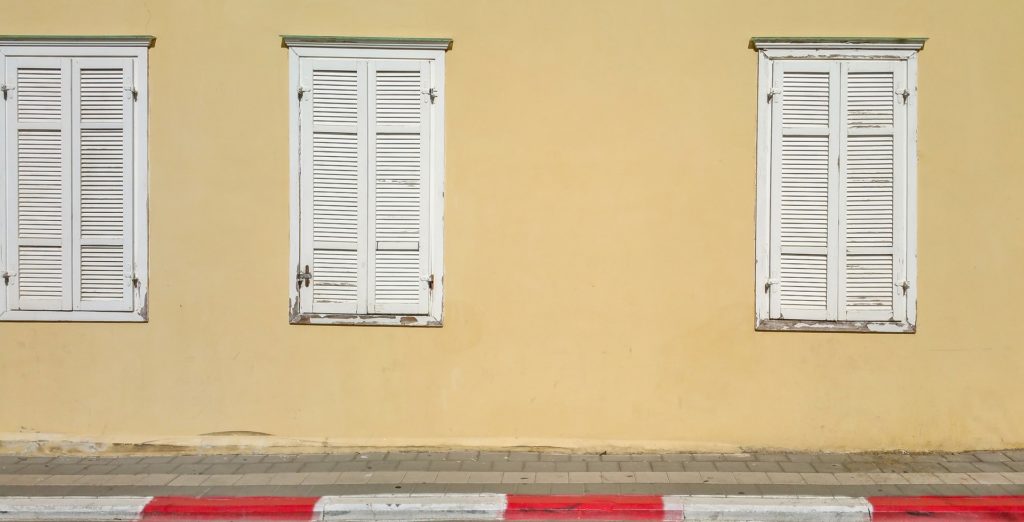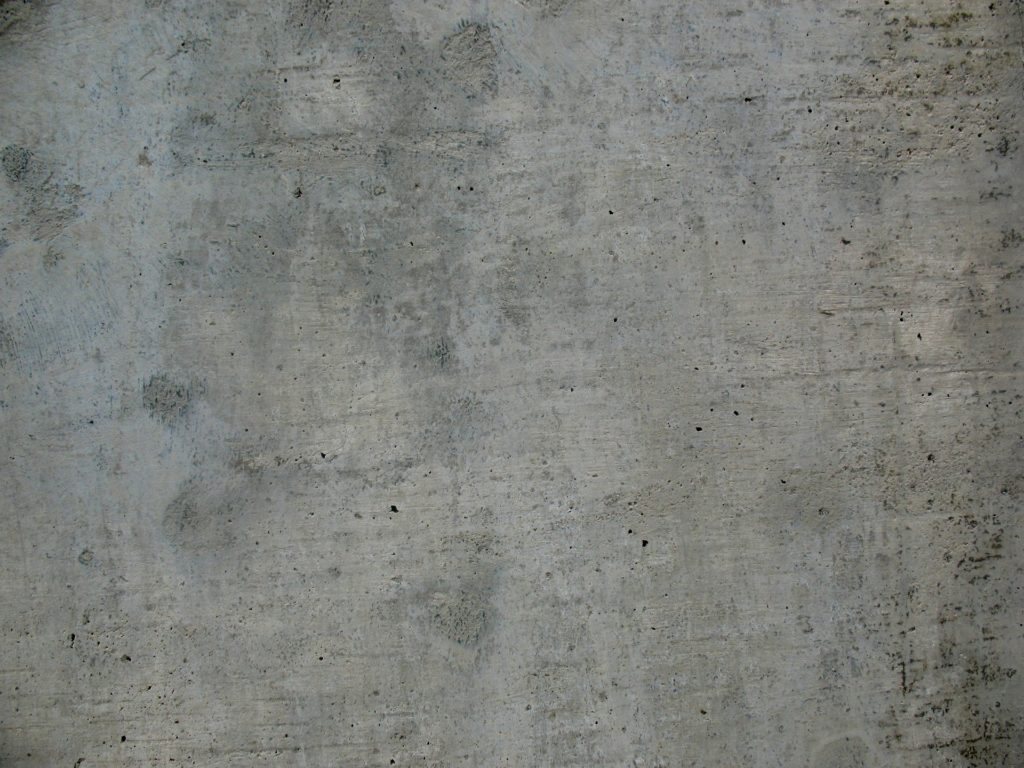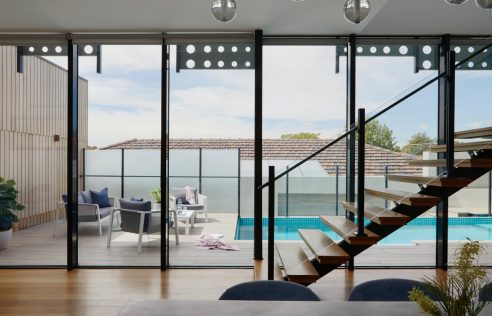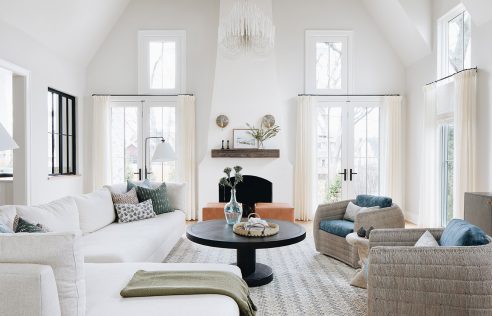
This blog post will tell you everything that you need to know about rendering if you’re not sure what it is.
Are Rendering and Plastering the Same Thing?
The short answer? No. They are not at all the same thing.
While they are both processes of covering walls and are both made of the same building materials, this is where the similarity ends. These two practices differ from each other in various ways. The main difference between them is that plastering involves coating the interior walls of a building whereas rendering refers to the coating of exterior walls. Moreover, even if the materials used in both processes include cement, sand, water and lime gypsum, plastering and rendering do not produce equally strong finishes.
1. Rendering
Meant for coating exterior surfaces of buildings, rendering contains a higher percentage of cement within its composition when compared to plastering.
2. Plastering
Since plaster is used to coat the interior walls and ceilings of buildings, its composition is made up of less cement than render. This consistency gives plastering a smooth and flat finish that is ideal for painting or wallpapering.
Why Apply Rendering on Exterior Walls?
Needless to state that no one can go past rendering if they are looking for an attractive, cost-effective exterior finish. However, rendering serves two additional purposes other than only making the outside facade of a building more visually appealing:
Rendering increases the safety of a building by providing both waterproofing and fireproofing efficiencies.
Types of Render Finish?
Before the invention of modern renders, concrete renders used to be widely used. But with the leaps and bounds made by technology, modern renders are able to compete on almost equal footing as concrete renders.
Since different types of render create different types of finish, it would be ill-advised to make a choice before having looked at all the types that exist on the market. From smooth to textured and patterned, you can find several types of finishes that also come in a wide range of colours.
Below is a list of the most common types of renders:
1. Lime render
Since lime hardens slowly, it is an easily workable material that is also less brittle and less prone to cracking when compared to concrete renders. Even if there are cracks, these areas can mend over time by absorbing carbon dioxide.
In fact, the process that makes lime hard and waterproof is called carbonation. While it sits on the wall, it continuously absorbs carbon from the atmosphere for several days. With a textured or patterned finish, lime renders are perfect for old homes and old, historic buildings. Because it is so flexible and breathable, it helps to alleviate damp problems that are common in old buildings.
2. Cement render

Consisting of three main components (lime, sand and cement), cement render is the standard choice for external walls. Not only can this type of render be mixed on-site, but the materials used to make it are quite cheap.
However, this type of render require at least 2 – 3 coats of render and needs frequent repainting for it to look as good as new.
3. Polymer render
In addition to having cement or lime, this type of render also have polymers and some types of plastics added to it. These polymers are added to help prevent cracking, increase flexibility and/or to provide better waterproofing features.
Polymer renders are generally pre-mixed, hydrophobic, vapour permeable and can resist even high impacts. This would explain why this type of render is gradually gaining in popularity.
4. Acrylic render
This is a wet, thin-coat render which is often used as a topcoat over existing finishes. It comes in a wide variety of colours and can be purchased ready to use.
Acrylic renders stand out when it comes to colours because it can not only be mixed into any shade but with its ability to bond well to colour pigments, it can give very intense colours that last much longer than other coloured renders.
Advantages of the Most Common Type of Rendering: Concrete
There is a reason why concrete rendering is the most popular out of all the options out there: although usually applied to bricks, it can be applied to just about any masonry surface.
On top of that, it also has several other advantages
- By just changing the application technique, several types of finishes can be created. These finishes can range from very smooth to very textured.
- Because it is comparatively cheaper than other rendering option, it is possible to apply it to larger areas of wall without breaking the budget.
- It can be painted over and at any time once the render has set and dried.
- Since any outdoor-rated pain can be used on concrete render, you have a wider range of colour to choose from.


